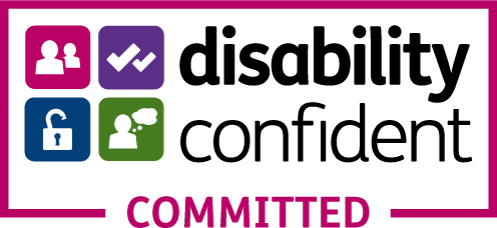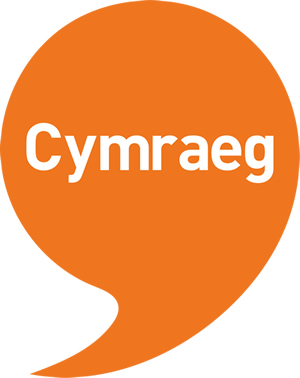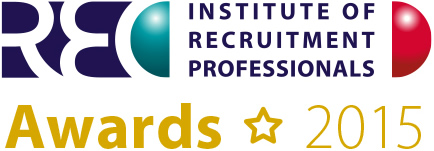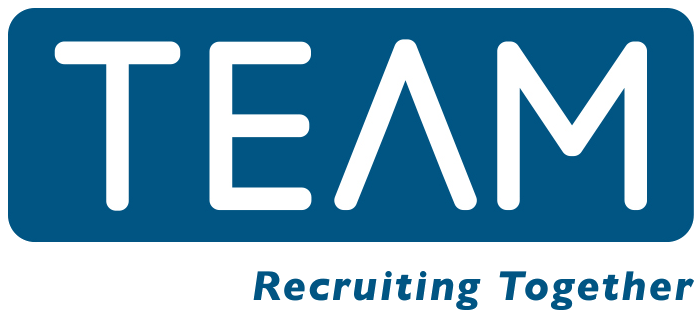Caught on camera: the benefits of video interviews
It’s becoming more and more common for hiring managers to interview job applicants via video technology. Why? Well, the immediate benefits for recruiters are obvious – it’s saves both time and money in buckets. For applicants, a video interview broadens the job search as it becomes feasible to apply for roles well beyond your geographic search area.
So, how can meeting a job applicant via a video call be helpful?
Video interviews make the hiring process more efficient and effective, allowing applicants and recruiters to network directly and internationally. For recruiters, the talent pool becomes a talent ocean once unhindered by geographic borders! As recruiters we feel strongly that it’s still very important to utilise traditional search and match methods alongside the video interview in order to recruit the most suitable candidates. However, it would be remiss of recruiters to not at least consider the advantages presented by video call technology.
As smartphone and tablet use increasingly becomes an inextricable part of our daily routine recruiters are taking advantage of this to snare highly-skilled candidates whilst on a coffee break or relaxing in the park.
It’s unlikely that face-to-face interviews will ever become a thing of the past because the benefits of getting to know someone in person, gauging both verbal and nonverbal responses, far outweigh the convenience of a video interview.
“As a hiring manager, how could I get the camera rolling for interviewing candidates via video call?”
We suggest a couple of approaches to using video interviewing as part of the recruitment process.
Firstly, you could keep the interview a one-way system and send applicants a list of questions or a task to prepare for. The applicant then records their response and sends it to the recruiter for review at a later date. There are advantages in this method for both recruiter and applicant.
Busy recruiters can playback the video anytime and as many times as they wish. Applicants are presented with an opportunity present their ‘best side’ to the recruiter; you can submit your best effort and not worry about being put on the spot as you might in a face- to-face interview.
The second method is very similar to a traditional, face-to-face interview. Using one of the many video conferencing technologies available, for example Skype, Google Hangouts, LiveChat and FaceTime, recruiters can conduct real time interviews with applicants anywhere and anytime.
For recruiters this is useful, especially when interviewing candidates who live far away or if multiple panel members are required to be present but can’t be in the same place at the same time. Given the ease with which video interviews can be conducted they also give recruiters the option of testing out applicants who may not, on paper, have made it to an in-person interview.
There are also several benefits for applicants. From a practical viewpoint, money and time involved in travelling to interview is saved. This can offer a lifeline for job hunters living on strict budgets or state benefits. Psychologically, candidates also tend to feel more confident with the ‘safety barrier’ of the computer screen between them and the panel and may interview better than face-to-face.
Our Awards and Accreditations













 03333 235 900
03333 235 900 Login / Register
Login / Register
